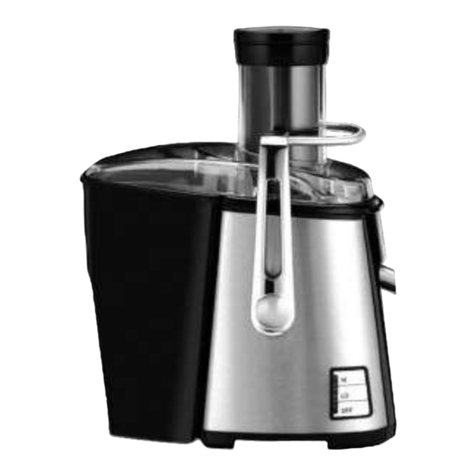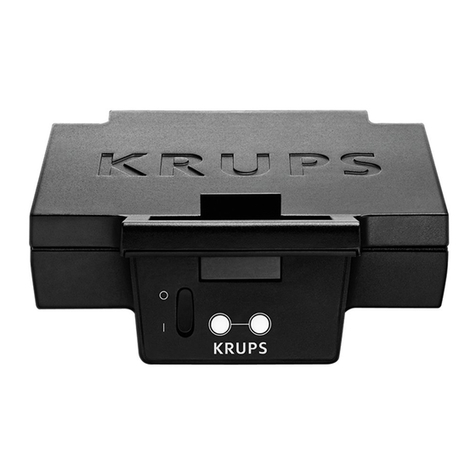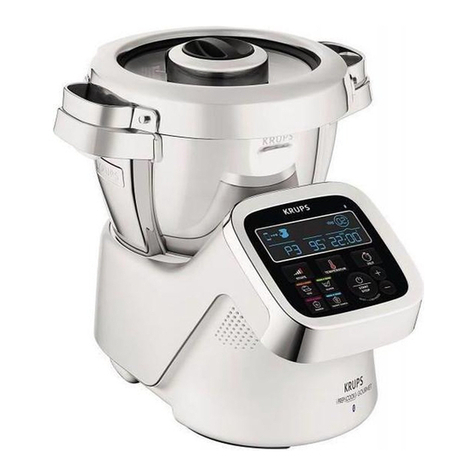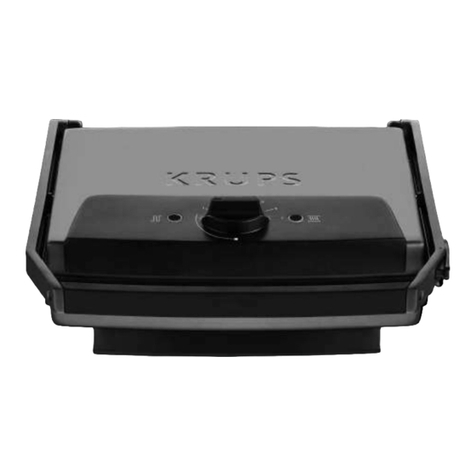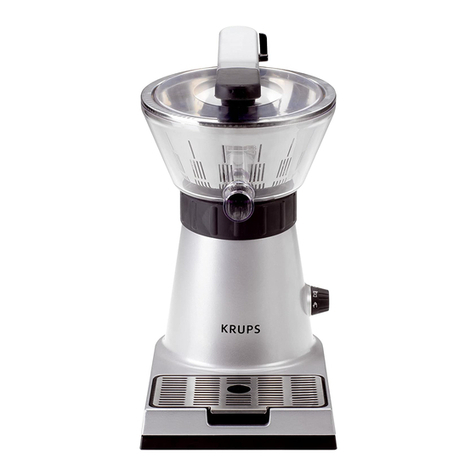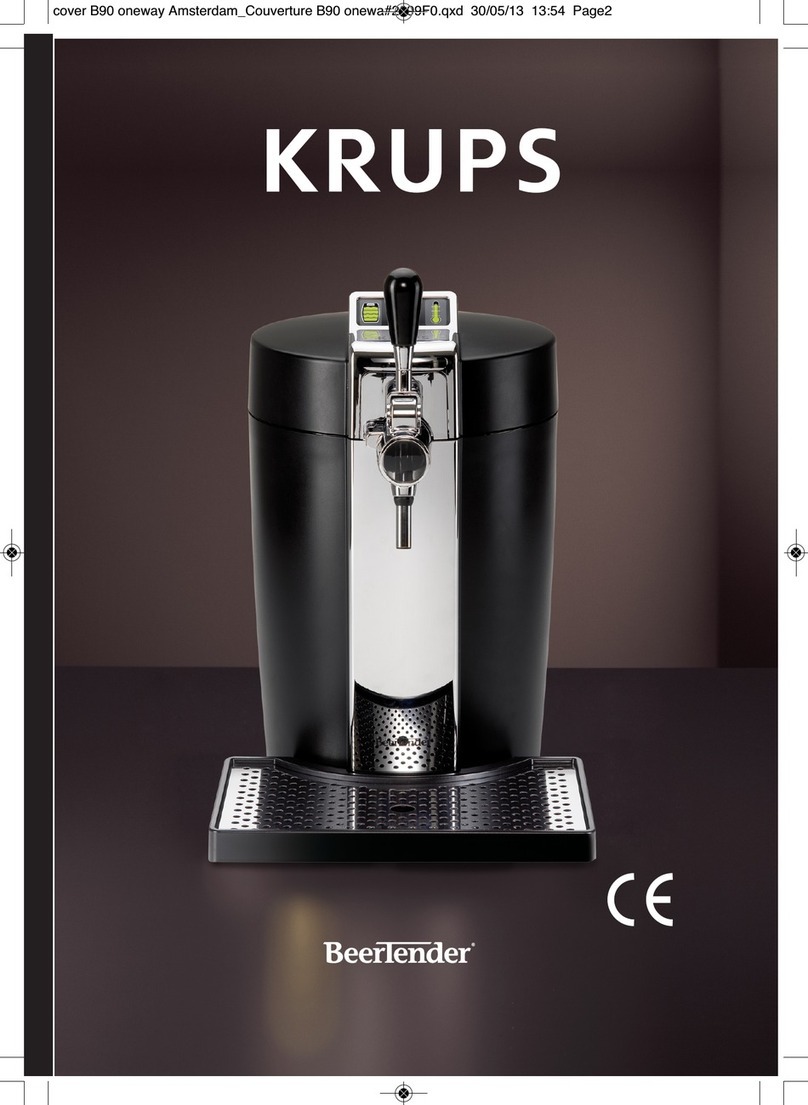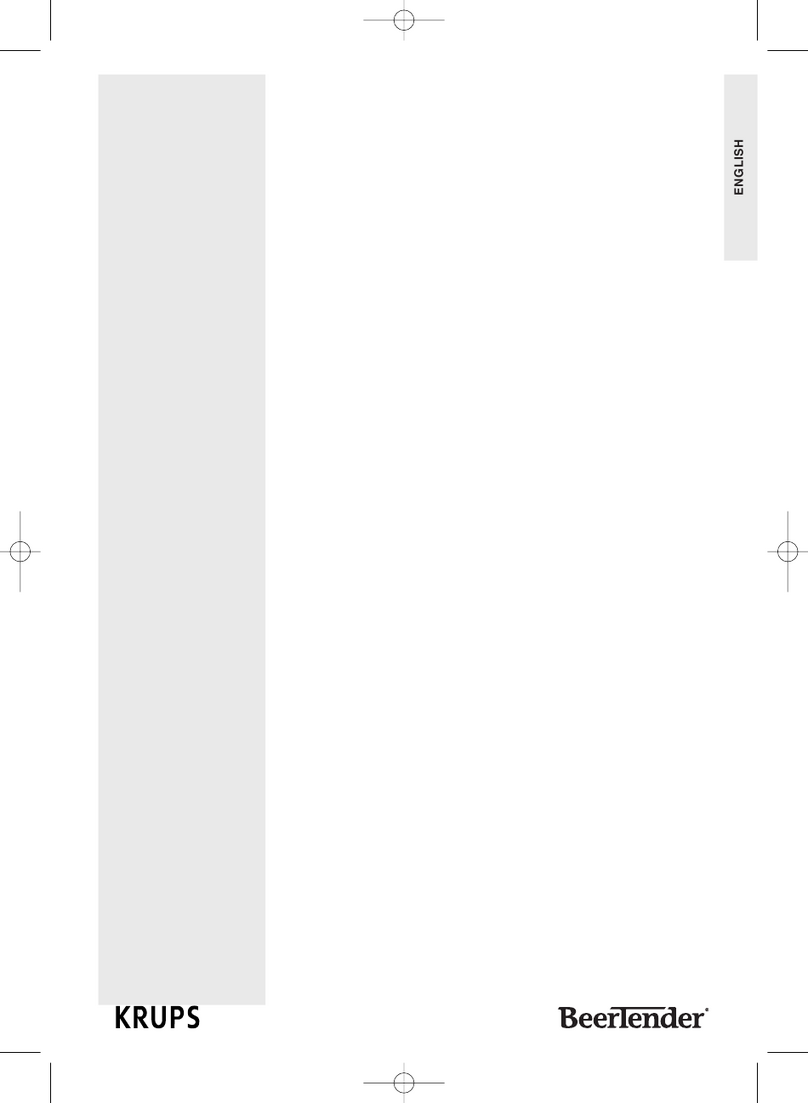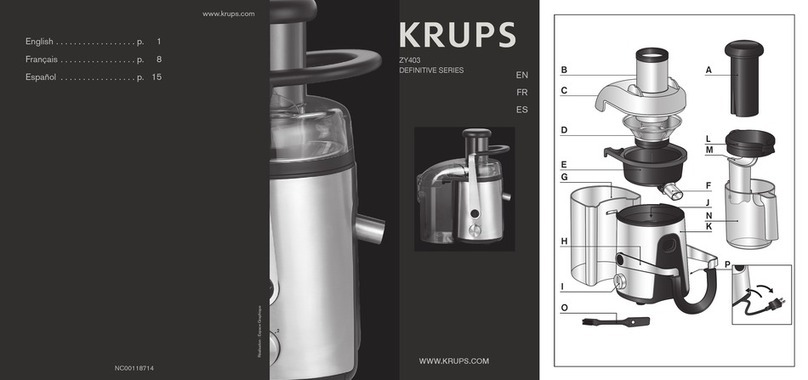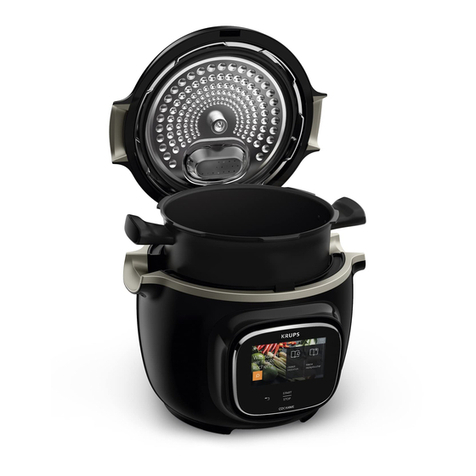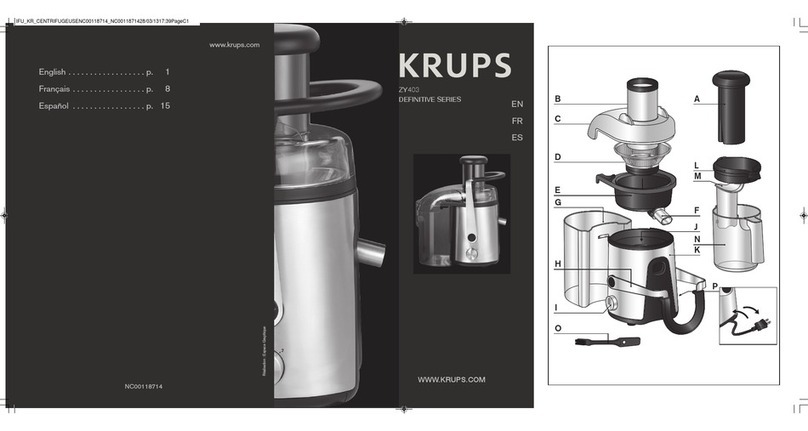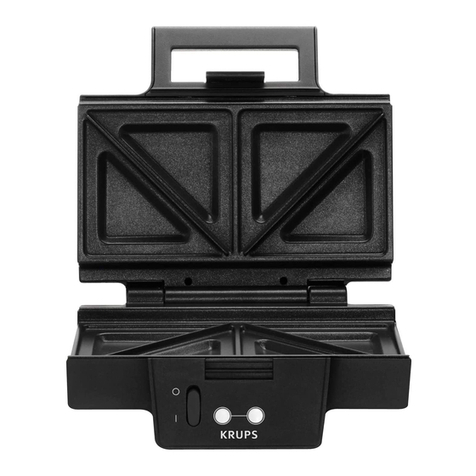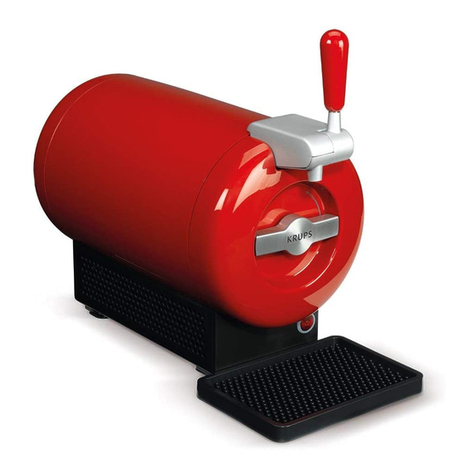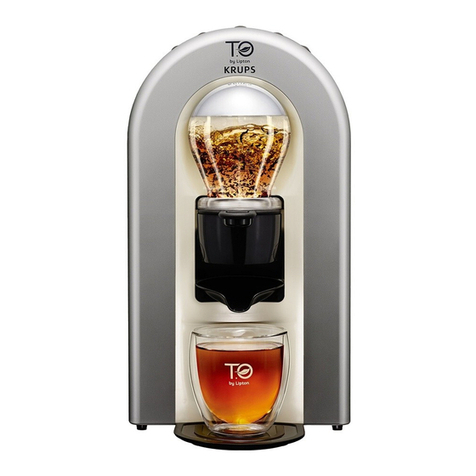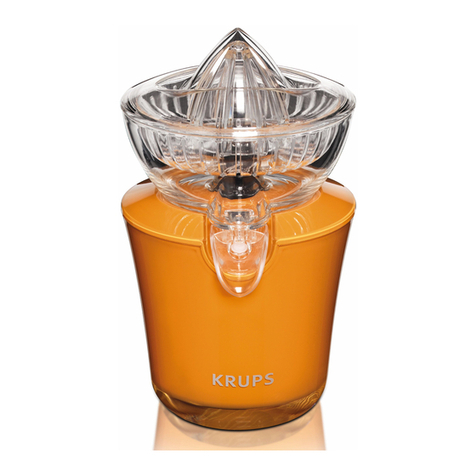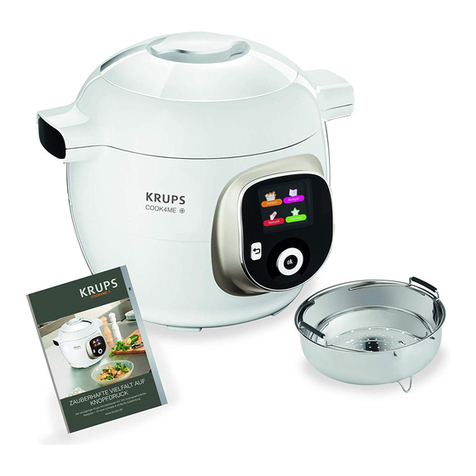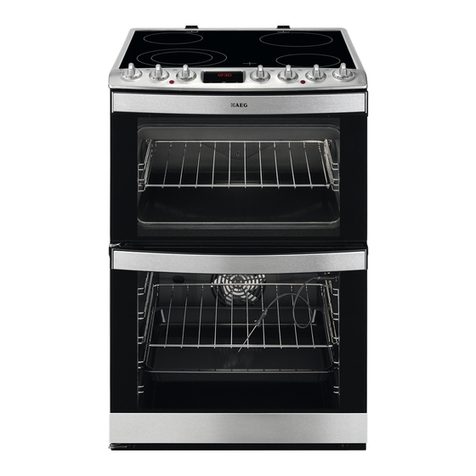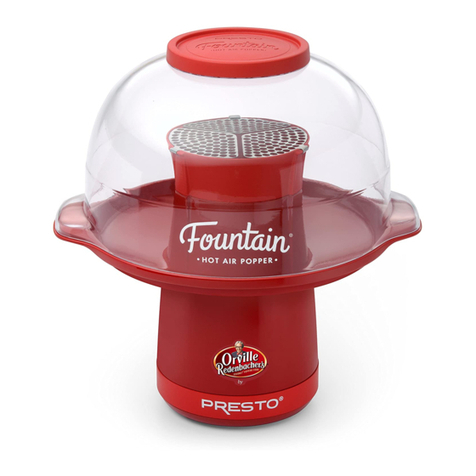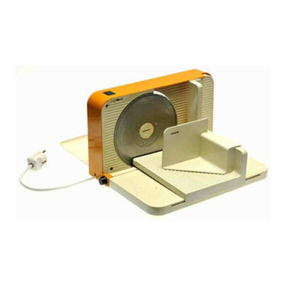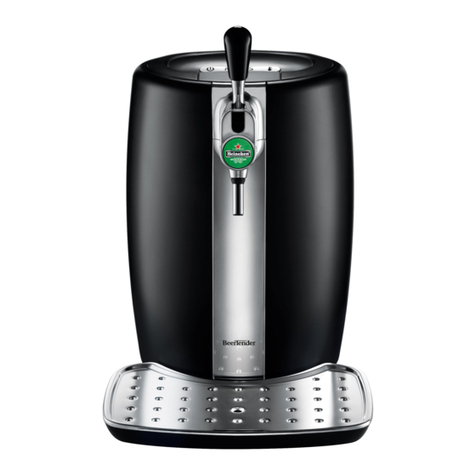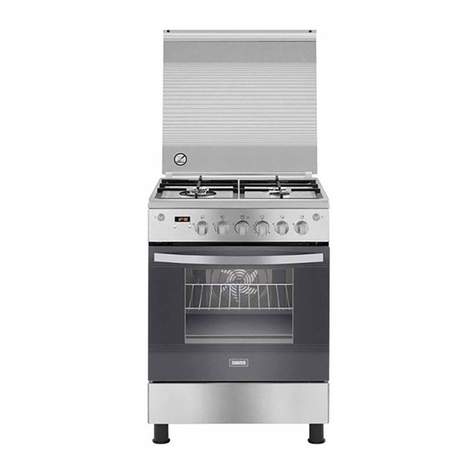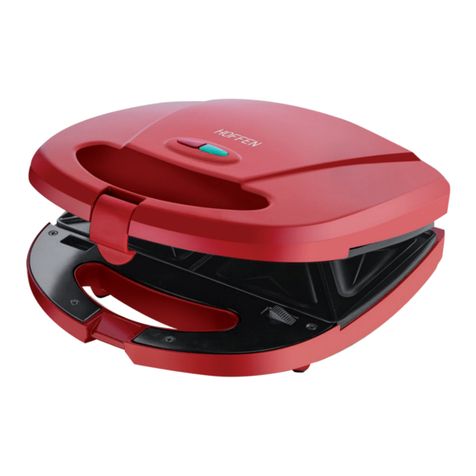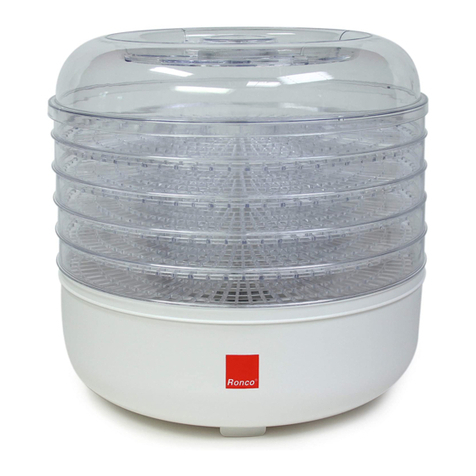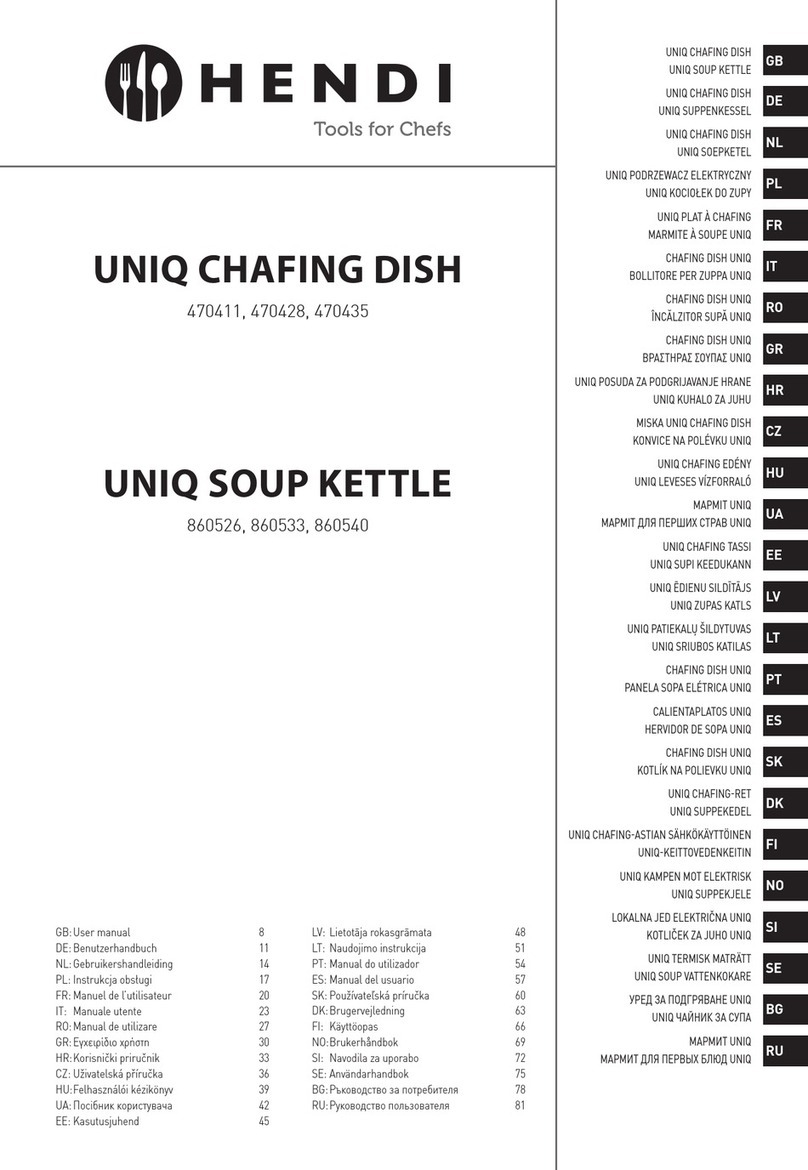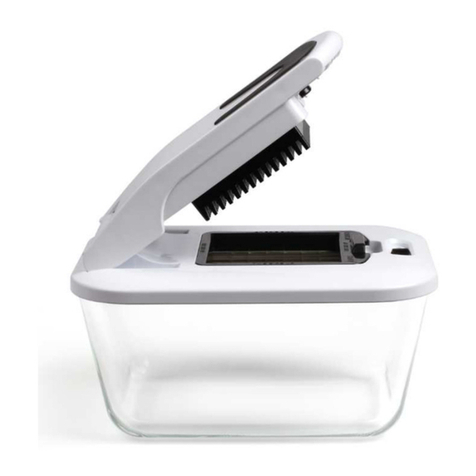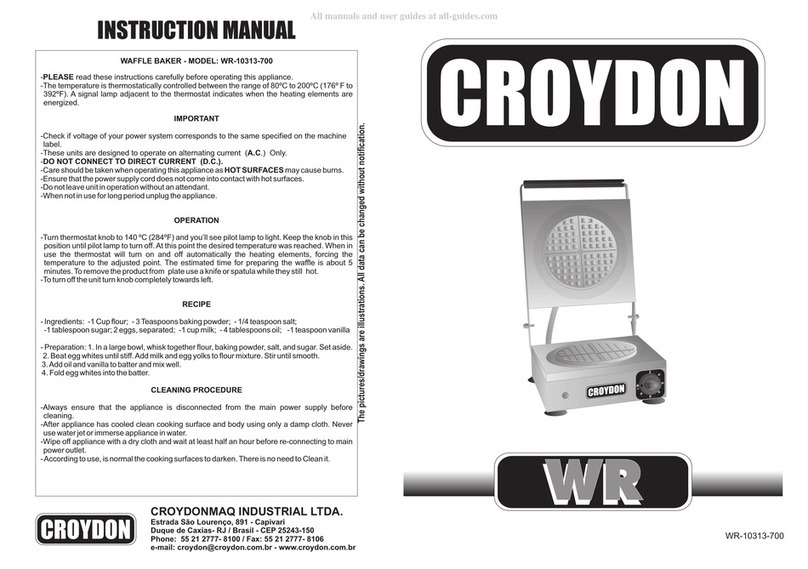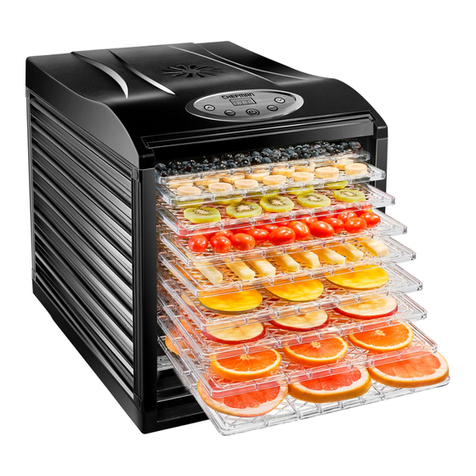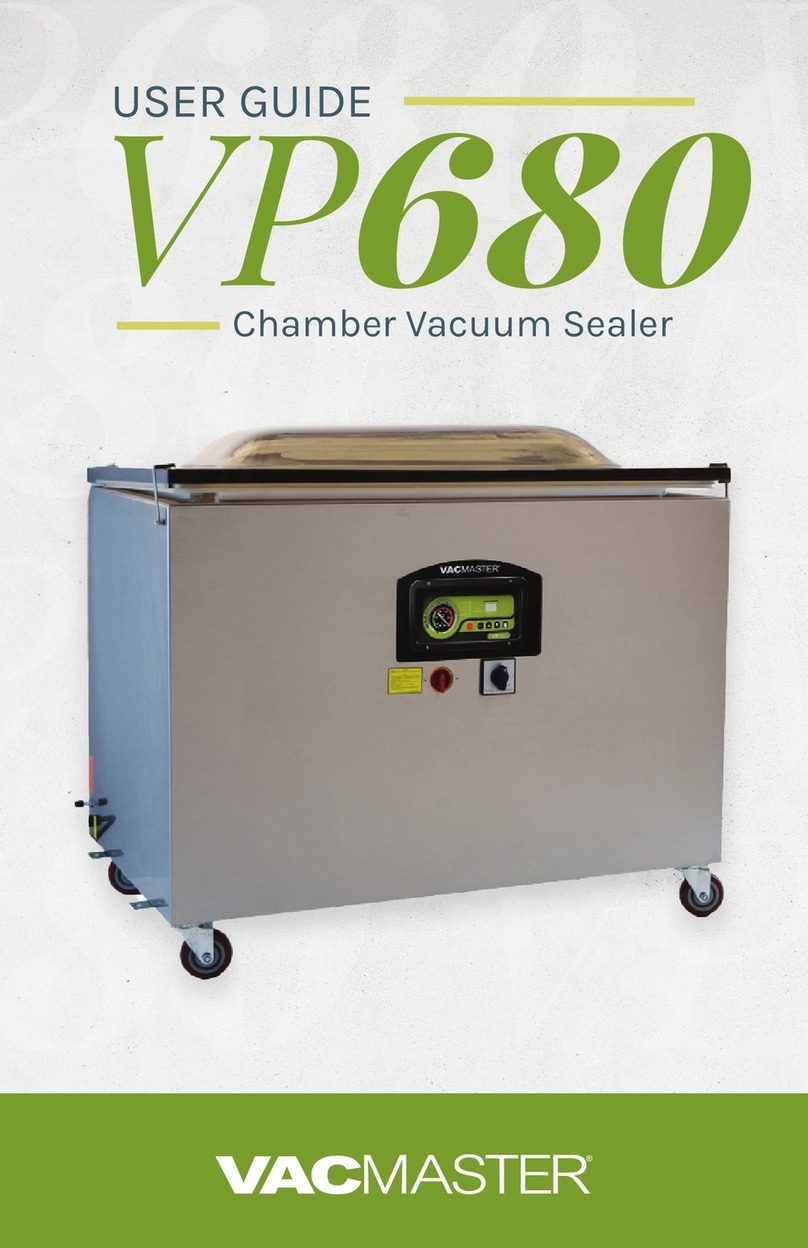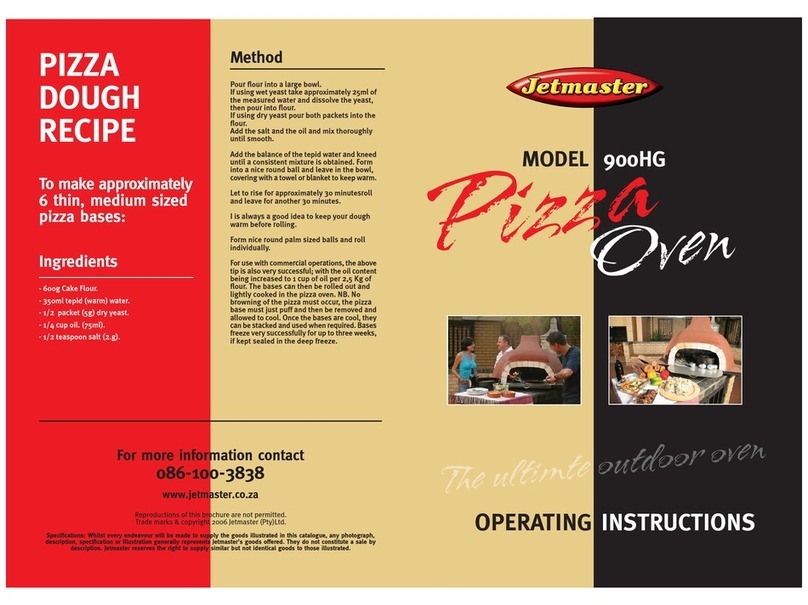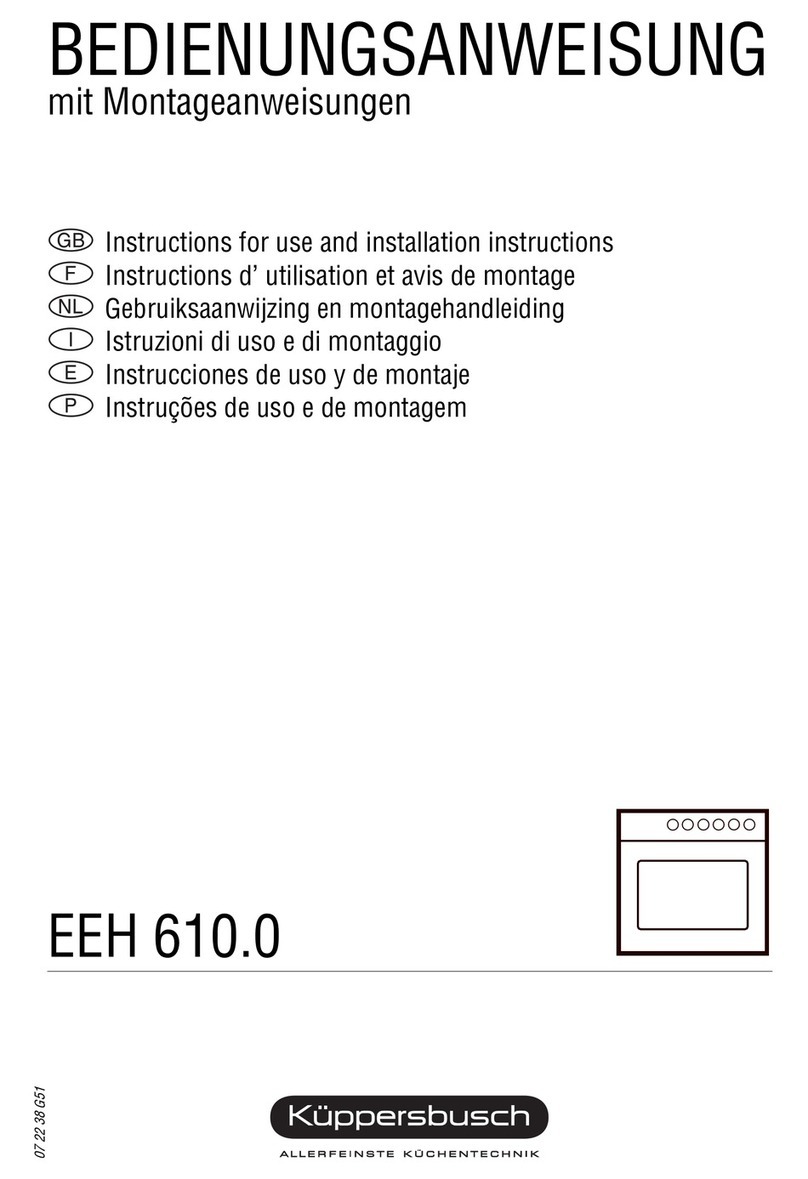English
4
nSlide the pusher (A) into the feed tube (B) aligning the groove on the pusher with the small ridge in the
feed tube.
nIf you wish to separate the juice from the froth, slide the foam separator ( ) in the juice container (N)
(see Fig. 6). The foam separator allows you to keep the froth inside the jug when you pour the juice
into a glass.
nPlace the juice container (N) under the pouring spout in front of the appliance (see Fig. 7).
nPlug in the appliance.
nTo start the appliance, use the control switch (I) and choose either the “ o” or “Hi” setting based on
what you are juicing.
nInsert the fruits or vegetables through the feed tube (B).
nThe fruits and vegetables must be inserted only while the motor is running.
nDo not press too hard on the pusher (A). Do not use any other utensil. NEVER push with
your fingers.
nWhen you have finished, stop the appliance by pushing the OFF button on the control switch (I) and
wait until the filter basket (D) stops completely.
nWhen the pulp collector (G) is full, or the juice flow slows down, empty the pulp collector and clean the
filter basket and the cover.
nTo remove the filter, release it by pulling with both hands (see Fig. 9 and 10). Then remove the stainless
steel filter basket (D) followed by the juice collector (E) (see Fig. 10 and 11).
PRACTICAL TI PS
nWash the fruit carefully before juicing.
nIn general, you do not need to remove the skin or peel. You only need to peel fruit with thick and/or
bitter skin, like lemons, oranges, grapefruits or pineapple (remove the core).
nCertain types of fruit like apples, pears, tomatoes etc. (with a diameter less than 3 inches) will fit in the
feed tube whole, thanks to the “Direct Fruit System”. So choose the appropriate type of fruit or
vegetable. Fruits and vegetables should be inserted into the machine one piece at a time to avoid
overheating.
nIt is difficult to extract juice from bananas, avocados, blackberries, figs, aubergines and strawberries.
nThe juice machine should not be used for sugar cane and excessively hard or fibrous fruit.
nChoose fresh, ripe fruit and vegetables, they will yield more juice This appliance is suitable for such
fruits as apples, pears, oranges, grapes, pomegranates and pineapple and such vegetables as carrots,
cucumbers, tomatoes, beets and celery.
nIf you use over-ripe fruit, the filter basket will be blocked more quickly.
nImportant: All juice must be consumed immediately. On contact with air, it quickly becomes oxidized,
which can change its taste, color and nutritional value. Apple and pear juices quickly turn brown. Add
a few drops of lemon juice to slow this discoloration.
C EANING
nAll removable parts (A, B, C, D, G, L, and N) may be cleaned in the dishwasher, except for the juice
collector (E).
nThe juice collector (E) must be cleaned directly after use in soapy water.
nThis appliance is easier to clean immediately after use.
nDo not use scouring pads, acetone, alcohol, etc. to clean the appliance.
nThe filter basket must be handled with care. Avoid any mishandling that may affect the performance of
the appliance. The filter basket can be cleaned with the brush (O). Change your filter basket at the first
sign of wear or damage.
nClean the housing with a damp cloth. Dry carefully.
nNever immerse the motor under running water.
KR-CENTRIF-NC00118428 19/04/13 17:36 Page4
